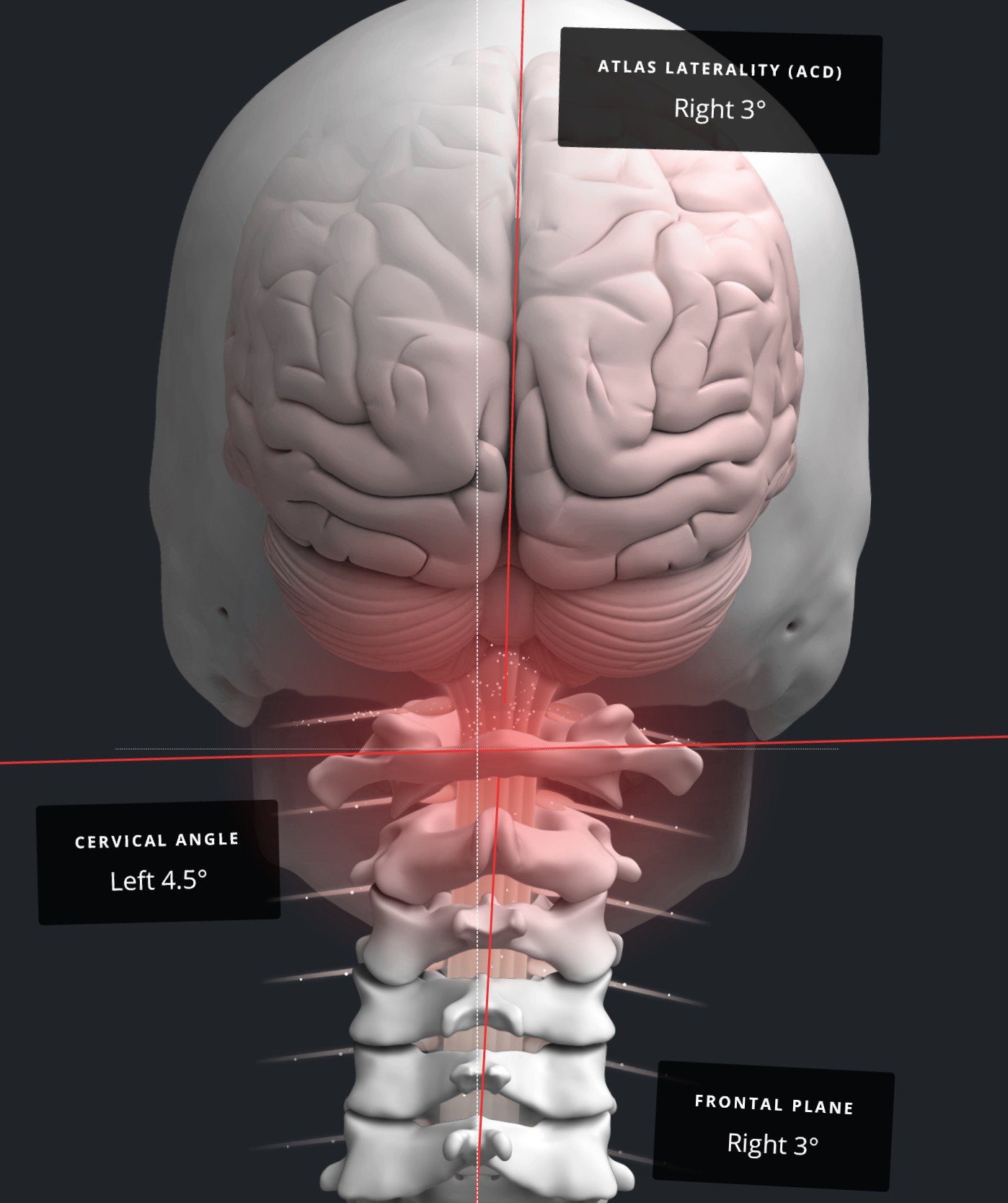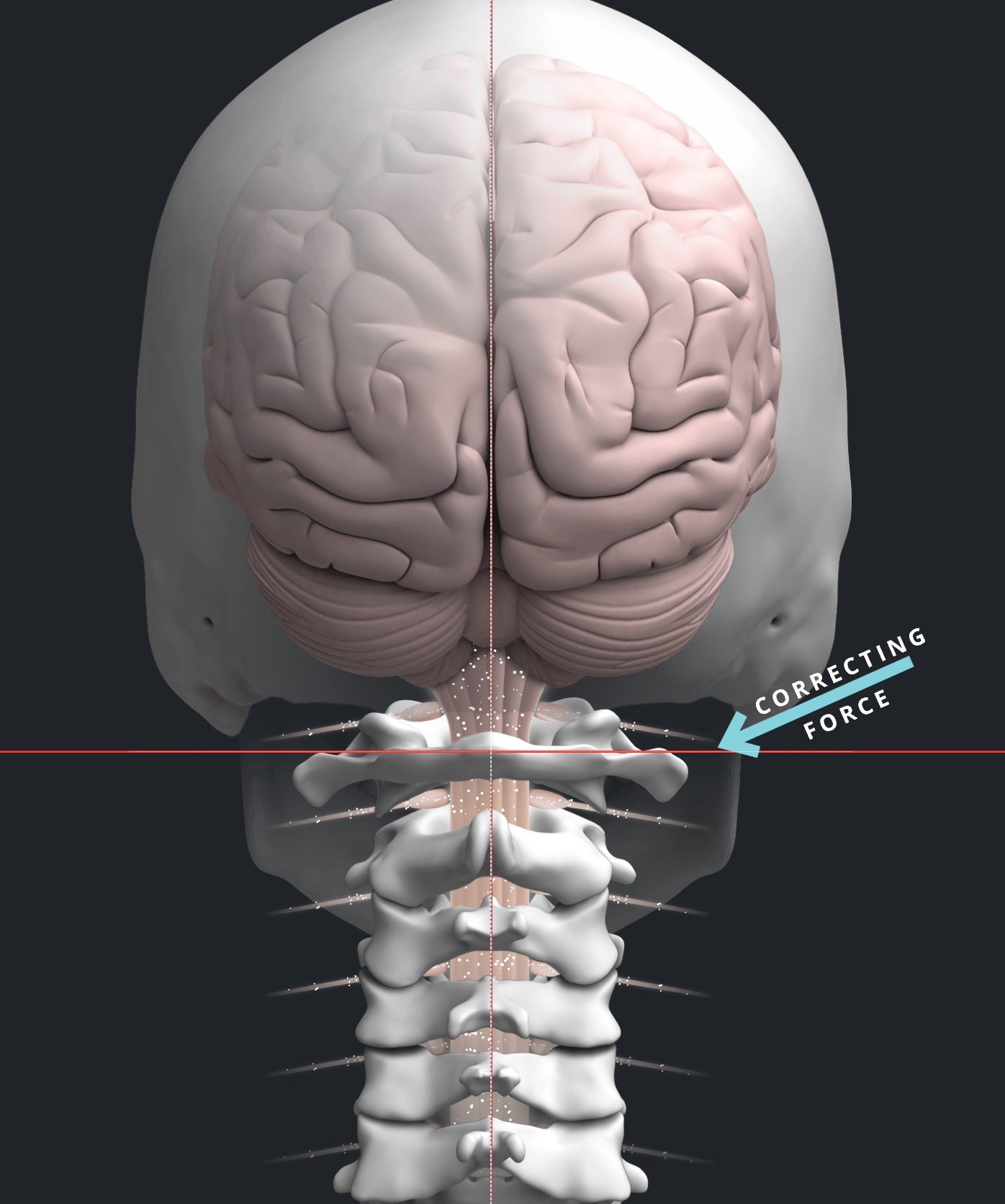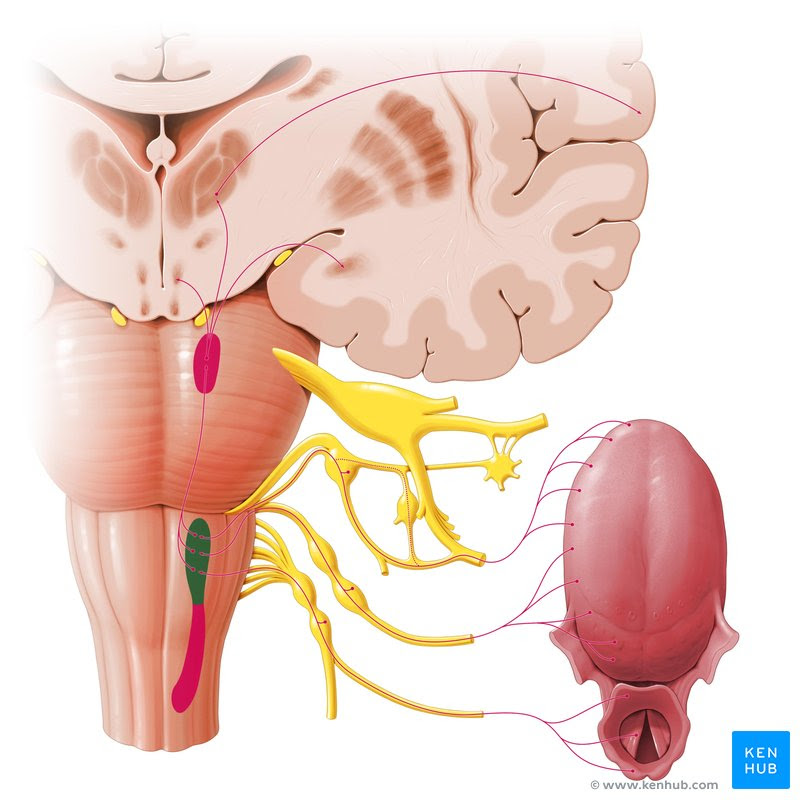Stabilize
Form, Function & Time
Form: The vital corridor which links the brain to the body is called the craniocervical junction. The craniocervical junction houses the brainstem, which is in essence, the bodies “fuse-box”. It encases the nerves, blood vessels and the vital channels which pass from the body to the brain. It is held together by a variety of connecting tissues which tolerate mobility, while providing stability. Ligaments, fascia and muscles. Ligaments provide stability and limit mobility.
Muscles provide mobility and also limit mobility. Muscles are the dynamic stabilizers of the CCJ, and ligaments are the static stabilizers. Both are in constant contact with the nervous system. Muscles can be reprogrammed and balanced with a reprogramming oral appliance.
Even if the static stabilizers (ligaments) are unstable from injury or overuse, muscles and repetitive firing of neurological loops can be activated to reprogram the functional relationships of the head and neck. Even if the muscles have become imbalanced, weak and lost their programming of alignment. Maintaining this alignment is how we heal. We heal our form through reprogramming our function over time. Neuroscientist Joe Dispensa has proven that the brain is rewired by firing our neurons in a different way. The architecture of the brain is literally


changed when we ask it to do something different over time. This is how we reprogram adapted muscle memory. There are particular pathways that we must access in order to do this. A knowledge of those pathways and how they work is important.

Maintaining a clear, unimpeded connection between the brain and body over TIME, is crucial to the healing process.
How does this work? It’s both complex and straight-forward at the same time. Our bodies are engineered, or “FORMED” to work, or “FUNCTION”, within reason, to the environments to which they are exposed. If the body is placed in a harmful or burdening environment over time, it will rise to the essential needs of survival through small adaptations. That is why dysfunctional adaptations over time leads to degradation of the structures of the body that maintain our upright status. Yes, the body organ, tissue and metabolism will actually change shape, or “form” through repeated exposure to “function” or actions over time. This phenomenon explains pathological adaptations found in heart disease, insulin intolerance, autoimmune conditions, bone spurs, chronic pain syndromes and almost ALL disease.
In my experience of non-surgically repositioning tens of thousands of heads onto their soft tissue junction of joints, muscles, bone and blood vessels, I have found that head/neck stability is crucial to the healing process. (By stability, I don’t mean stiffness, I mean alignment, balance and natural mobility) But how do you bring this “stability’ to a highly mobile and functional junction? You can’t put a neck brace or a halo brace on and expect to maintain dynamic functionality, part of health is to maintain the neuromuscular programs of ideal function. In order to heal effectively and completely, you must maintain motion and sensory dynamism, but at the same time, bring stability to the rehabilitating system. We accomplish this proprioceptively. In other words, we harness the bodies substantial brainstem sensory motor loops, to provide a continual barrage of postural signals to the sophisticated uprighting systems of the head and neck, upper trunk, shoulder and jaw. These feedback loops are structurally “programmed” into specially designed intraoral appliances that are “registered” or programmed with 3D technology to influence these highly sophisticated sensory-motor loops. This is the way we can effectively bridge the gap between (function) motion and stability (form). Incorrect function leads to postural compensation, imbalance and inflammation. Ideal healthy function leads to decompensation and healing.
Can this be done? Can you jockey posture in a truly effective and predictable way? Taking command of the posture of the teeth enables control over the “posture” of the mandible which engages functional governance over the structures connected to the mandible— Important structures like the head, tongue, shoulders and neck. My first experience with this phenomenon was with my own children in 2003 when all four underwent bracket and wire orthodontia. I noticed, as a doctor/dad, that as their tooth posture started to move under the guidance of their orthodontist, their spines and bodies began to move in erratic ways. Could it be that a small and seemingly forced reposturing of teeth could alter and change the entire musculoskeletal system? My observation turned out to be more than correct, and has been corroborated by numerous research papers linking bad bad posture to a variety of other full body symptoms, including scoliosis!
“Stabilizing is the process of retraining muscles. Once aligned, stabilization allows for faster healing and long term health without long term treatment.”
Ready to take control of your health?
or give us a call at 801-996-7076